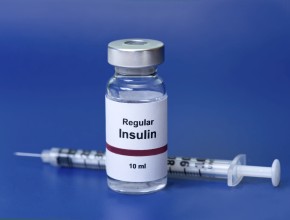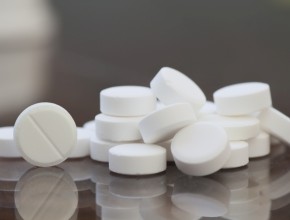Association between time of discharge and mortality/ICU readmission
“Better late than never” is not true for out-of-hours discharges from the intensive care unit (ICU).
The authors analyzed observational data describing the prognosis of over 1 million patients discharged from an ICU to investigate how the time of discharge impacted mortality and readmission to the ICU. The definition of out-of-hours discharge varied, starting between 16:00 and 22:00 and finishing between 6:00 and 9:00.
Patients discharged out of hours had significantly higher mortality (relative risk [RR], 1.39; 95% CI, 1.24-1.57) and readmission rates (RR, 1.30; 95% CI, 1.19-1.42). These findings persisted in a subset of studies with careful adjustment for confounding factors (odds ratio [OR], 1.33; 95% CI, 1.30-1.36) and were present across different geographic locations.
The main conclusion of the study is that out-of-hours discharges identify patients at a markedly increased risk of death and deterioration. As such, they should deserve increased rather than decreased attention. Reasons for the higher risk are not clear and may be speculated upon.
Curious what your colleagues would do? How does your choice compare with other physicians? Sign up for free to MetaClinician and browse recent questions or use this link to contribute your answer on out-of-hours discharges from ICUs.
Continuity of care with doctors: A matter of life and death?
Long-term relationships matter: continuity of care by doctors is associated with lower mortality.
This systematic review examined the association between the level of continuity of care and mortality. It included 22 observational studies from a variety of settings, with 9 in primary practice and 8 during or following hospitalization. Because of major differences in populations, measures of continuity, and time frames, it was not possible to perform an aggregate meta-analysis. An association was found in 18 out of 22 high-quality observational studies, linking reduced mortality with increased continuity of care.
The authors concluded that despite technical advances in medicine, personal factors remain important.
Epinephrine vs placebo in out-of-hospital cardiac arrest
Despite all the efforts to the contrary, having a cardiac arrest carries an awful prognosis.
This article describes the outcomes of over 8000 patients after out-of-hospital cardiac arrest in the United Kingdom. It tested a specific intervention (discussed below), but the reason for focusing on this paper here is mostly its observational component. The rate of survival to hospital admission among all patients was 15.9%, the rate of overall survival at 30 days was 2.8%, and the rate of discharge from hospital with a favorable neurologic outcome was 2.0% (!). Overall, 1 in 50 patients after out-of-hospital cardiac arrest and 1 in 8 of those who survived till hospital admission went home with a favorable neurologic outcome.
Interestingly, this randomized controlled trial tested the use of epinephrine (standard treatment) versus placebo (!) in patients after out-of-hospital cardiac arrest. A shockable rhythm was initially present in just below 20% of patients, with over 50% having asystole and over 20% having pulseless electrical activity. Survival until hospital admission was achieved in 23.8% of patients receiving epinephrine and 8.0% of those receiving placebo; survival at 30 days, in 3.2% and 2.4%, respectively; and a favorable neurologic outcome at hospital discharge, in 2.2% versus 1.9%.
 English
English
 Español
Español
 українська
українська







